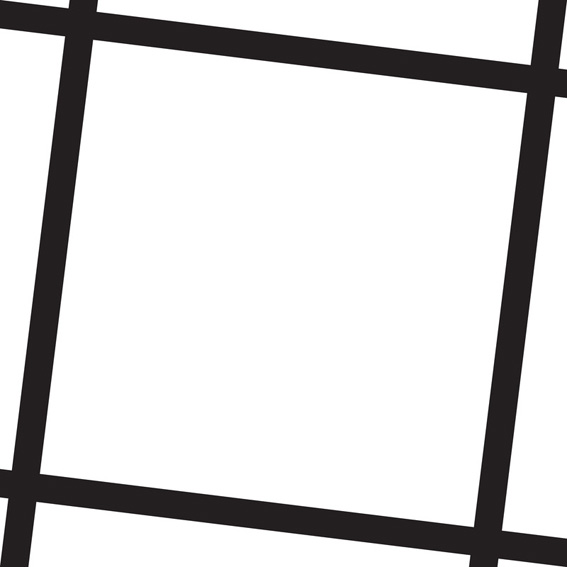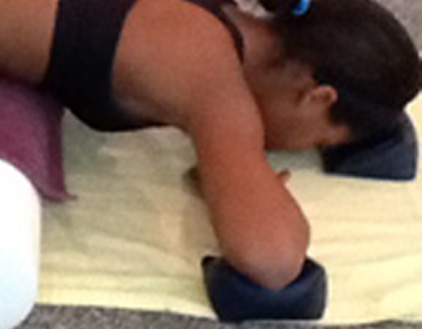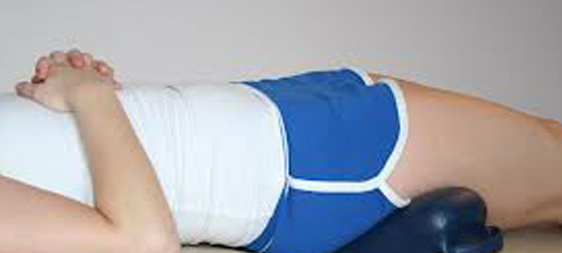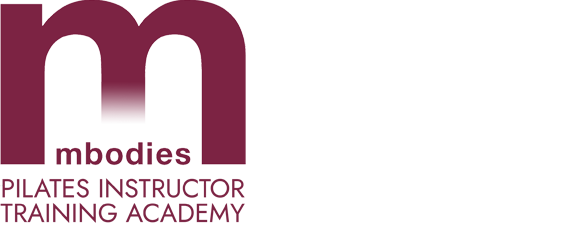Mbodies newsletter
Assymetry and Functional Correction

■ Introduction
Assymetry and Functional Correction
Tools for Teachers working in an Asymmetric Environment
Many of our clients come to us with asymmetries. The causes range from normal discrepancies in side to side development in youth such as scoliosis as well as injuries such as falls, sprains and fractures, along with child-birthing injury.
Clients often note discomforts, if not outright pain, due to compensatory soft tissue changes in ligaments, fascia, muscle and tendon. As a result they often display functional and clinical signs resulting in musculoskeletal pain and dysfunction.
Patterns of movement, encompassing many body parts; rather than measures of individual joint range of motion, may be a better indicator of symptomatic individuals displaying asymmetry.
Furthermore, asymmetry is linked to laterality, i.e. the preference for an individual to use :
- one limb
- one special sense such as eyesight
- one side of the body over the other.
In addition, most individuals possess a directional bias, meaning that the individual prefers to turn and rotate to one side versus the other. Evidence suggests these preferences and directional biases are the cause for many body pains including neck, shoulder, pelvic and low back pain.
Learn to observe and assess the various ways to identify these faulty movement patterns while also learning to develop strategies to address them in our Pilates environment.
Focus is on the use of the neurodevelopmental sequence, the 8 milestones of the first year before walking. This sequence is used to organize your mat program by using simple tools including the Activ-Wedge™ (supplied as a part of this course).
Come away with strategies that not only aid symmetry of body position but also aid function for daily life and recreational activities.
■ Objectives
Upon completion of this course participants will be able to:
-
Describe and better understand the meanings of bodily asymmetry, laterality and directional bias as applies to the instruction of the Pilates Method
-
Recognize the signs and symptoms of bodily asymmetry, laterality and directional bias
-
Better understand strategies for visual observation of clients to identify both faulty postural positioning as well as movement patterns
-
Identify biomechanical implications of bodily asymmetry, laterality and directional bias and recognize its impact upon the spine, pelvis, limbs and head
-
Describe how the Pilates environment can help those with bodily discrepancies
-
Describe the neurodevelopmental sequence and its connection to functional gait
-
Better understand how to apply evidence-based neurodevelopmental position techniques and correctives to aid those with asymmetries in the Pilates mat environment
-
Describe Pilates-evolved mat exercises useful for both studio and home program design for our clients with asymmetries.

■ Prerequisites
This is a basic to intermediate course.
■ Duration
7 hours

- 1.1 Restoring the Core Improving Pelvic Floor Function and Healing Diastasis Rectus Abdominis
- 2.1 Dynamic Posture and Breathing Retraining: from Classical Pilates to Current Research
- 2.2 Myofascial Slings : Form, Force, and Function: Application of the Myofascial Slings in Pilates and Functional Exercise
- 3.1 What the Shneck? Addressing Dysfunction and Maximizing Function in the Shoulder and Neck
- 3.2 We've Got Your Back: How to Address Common Injuries and Disorders of the Spine through Pilates Exercise
- Assessment techniques for Scoliosis management
- Pilates based treatment of Scoliosis, focusing on Motor Control and Recruitment/ Mat
- Scoliosis etiology, Background and Spinal Mechanics
- The Foot : Foot mechanics & Medical Background
- The Foot : Pilates based treatment, Motor Control and Recruitment
- The Foot: Assessment techniques for Foot management
- The Hypermobile Client in the Pilates Environment
